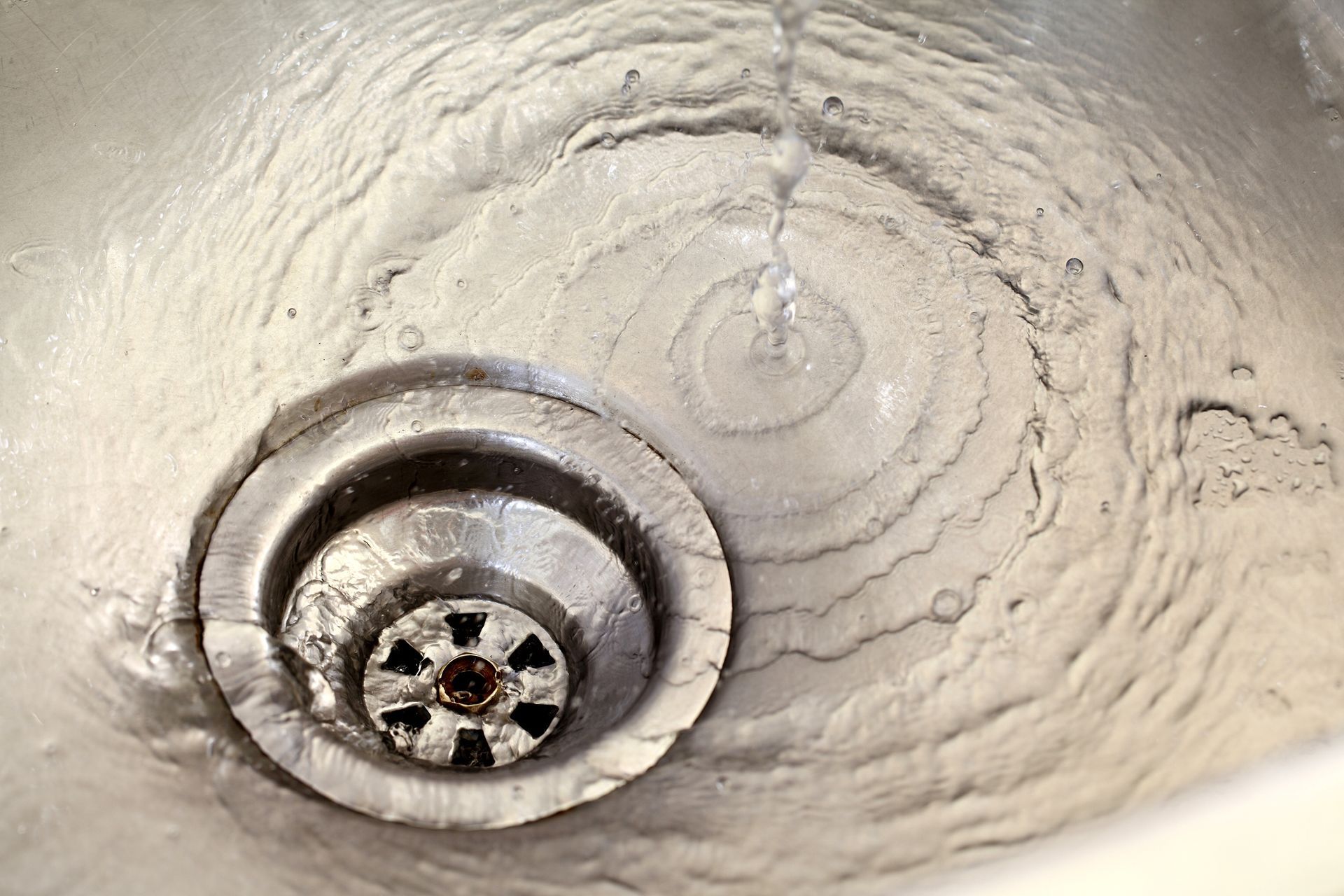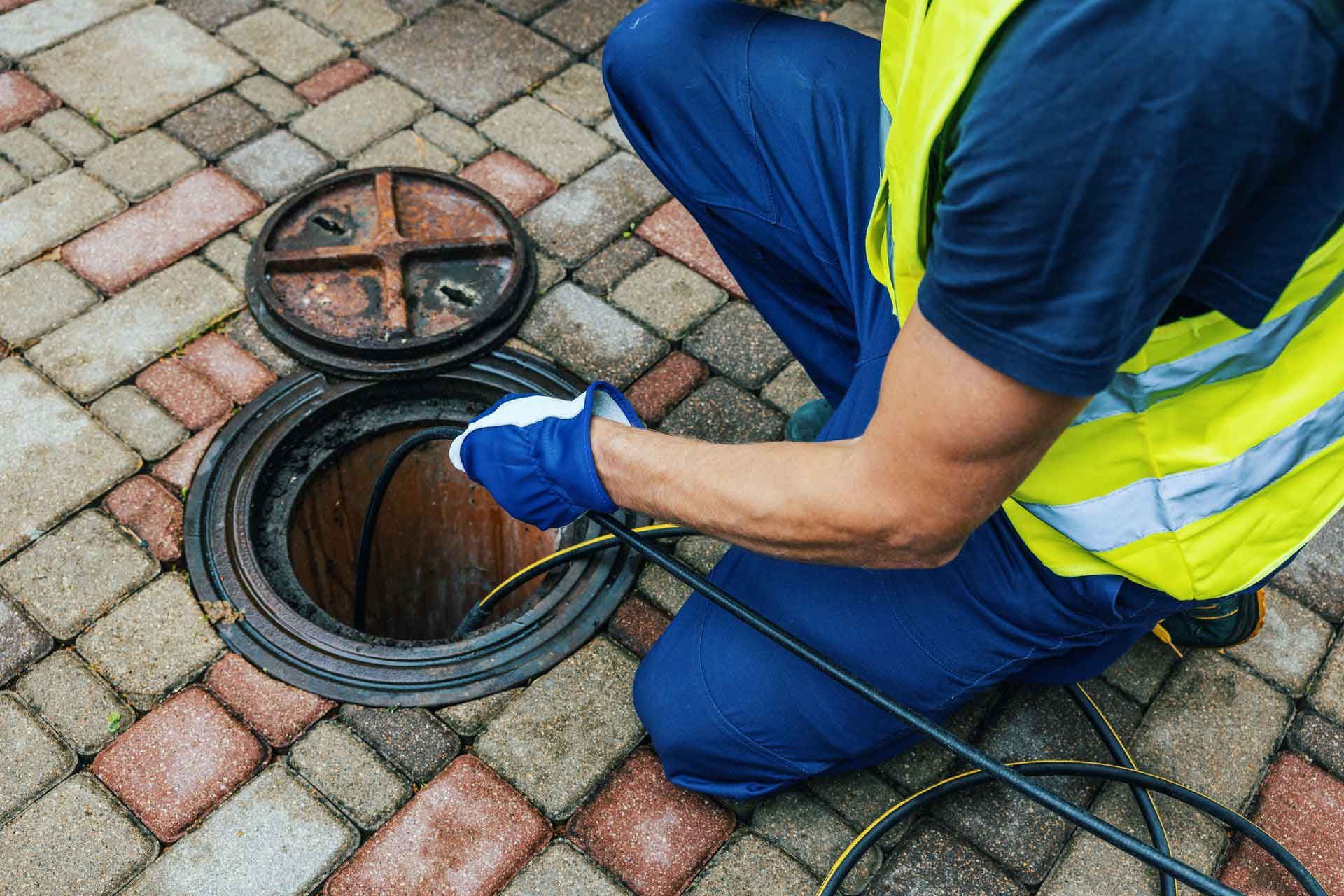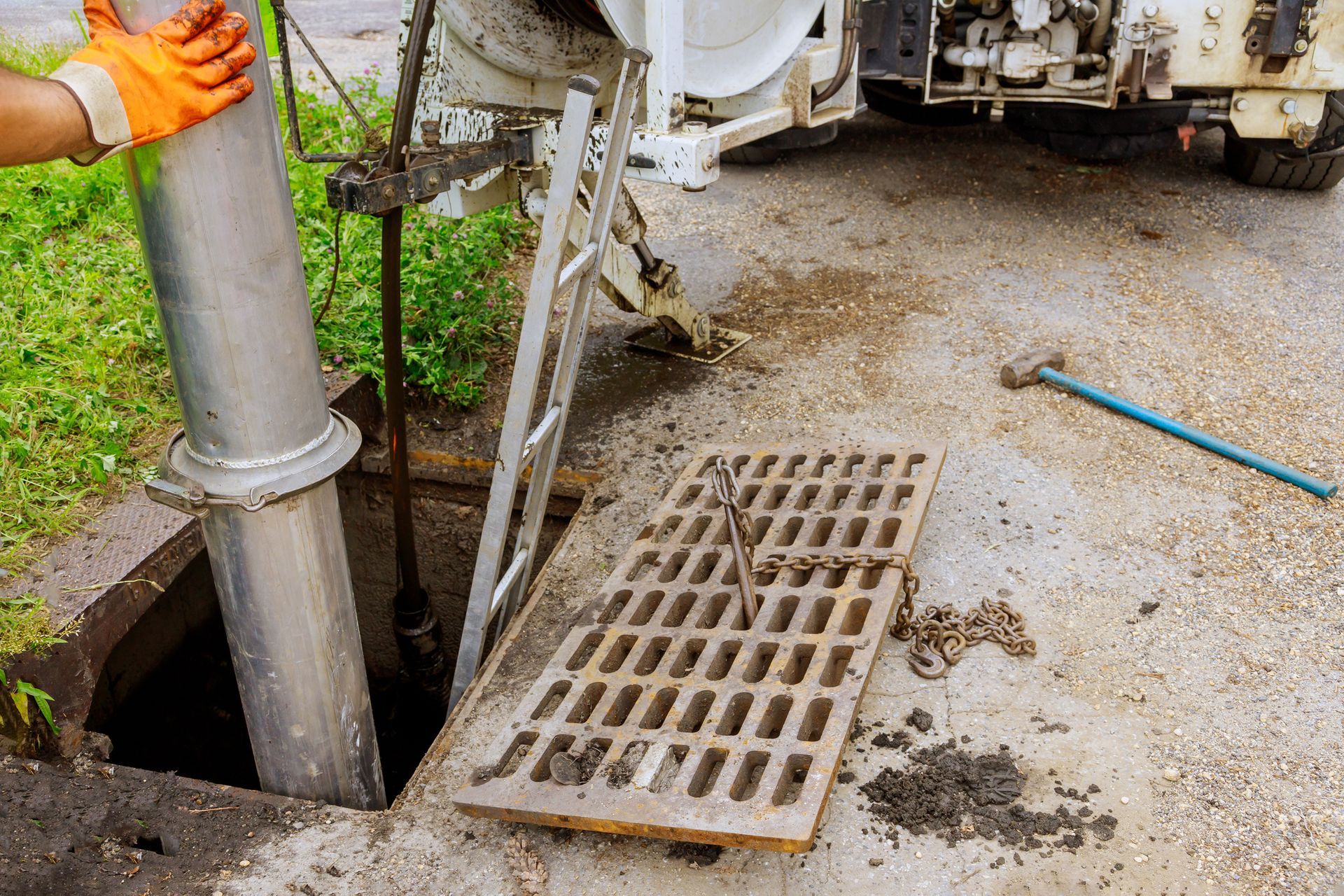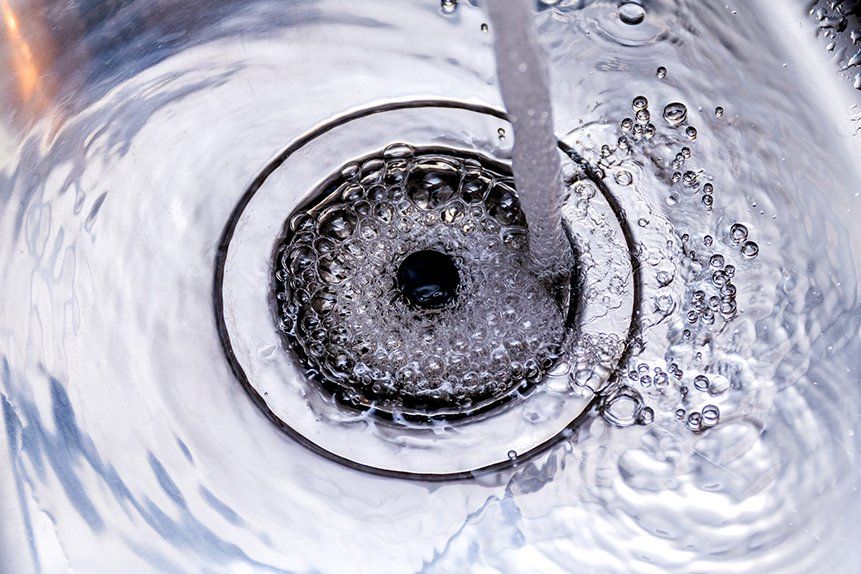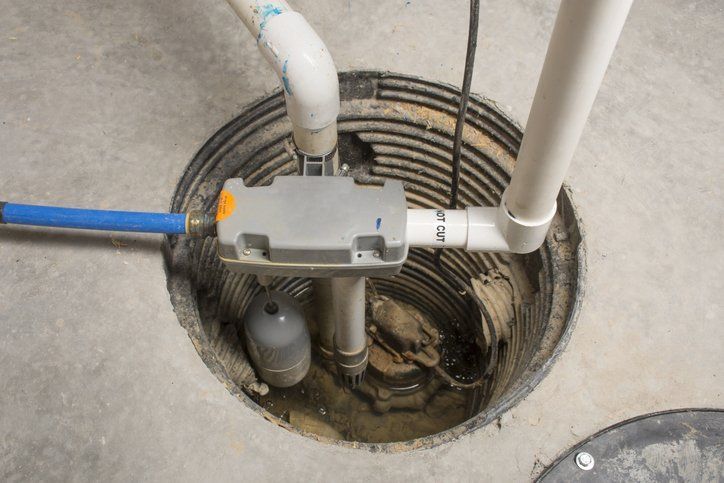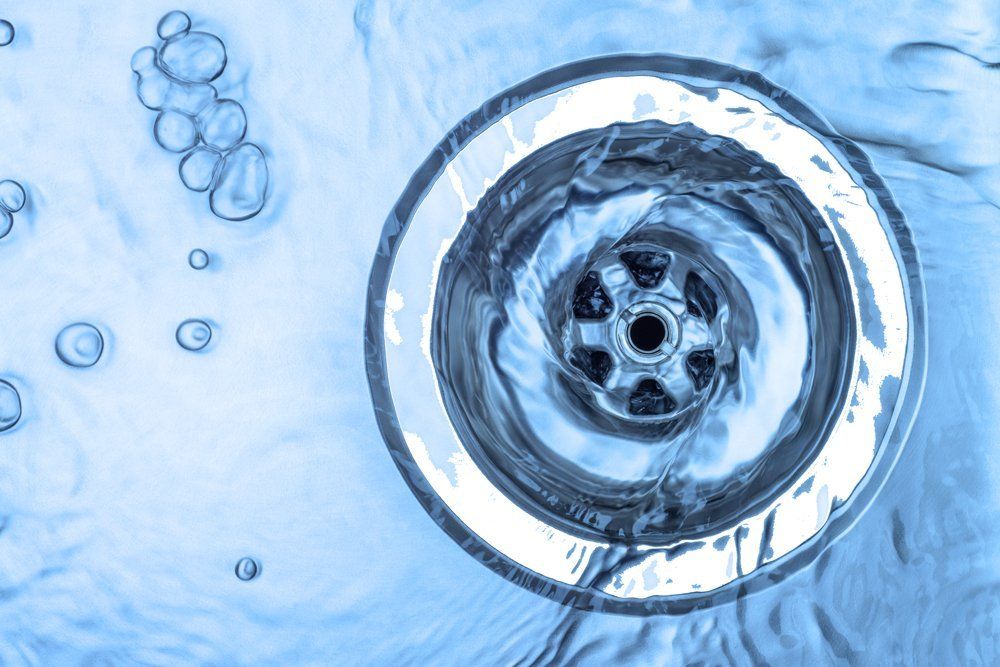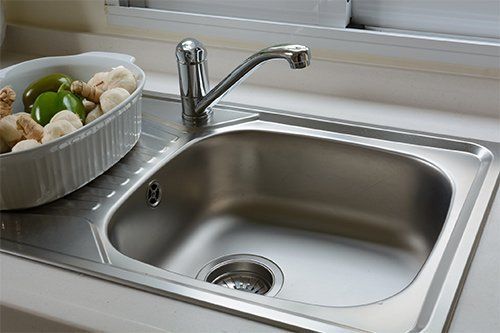Identify and Repair Subtle Leaks in Your Toilet Tank
May 13, 2019
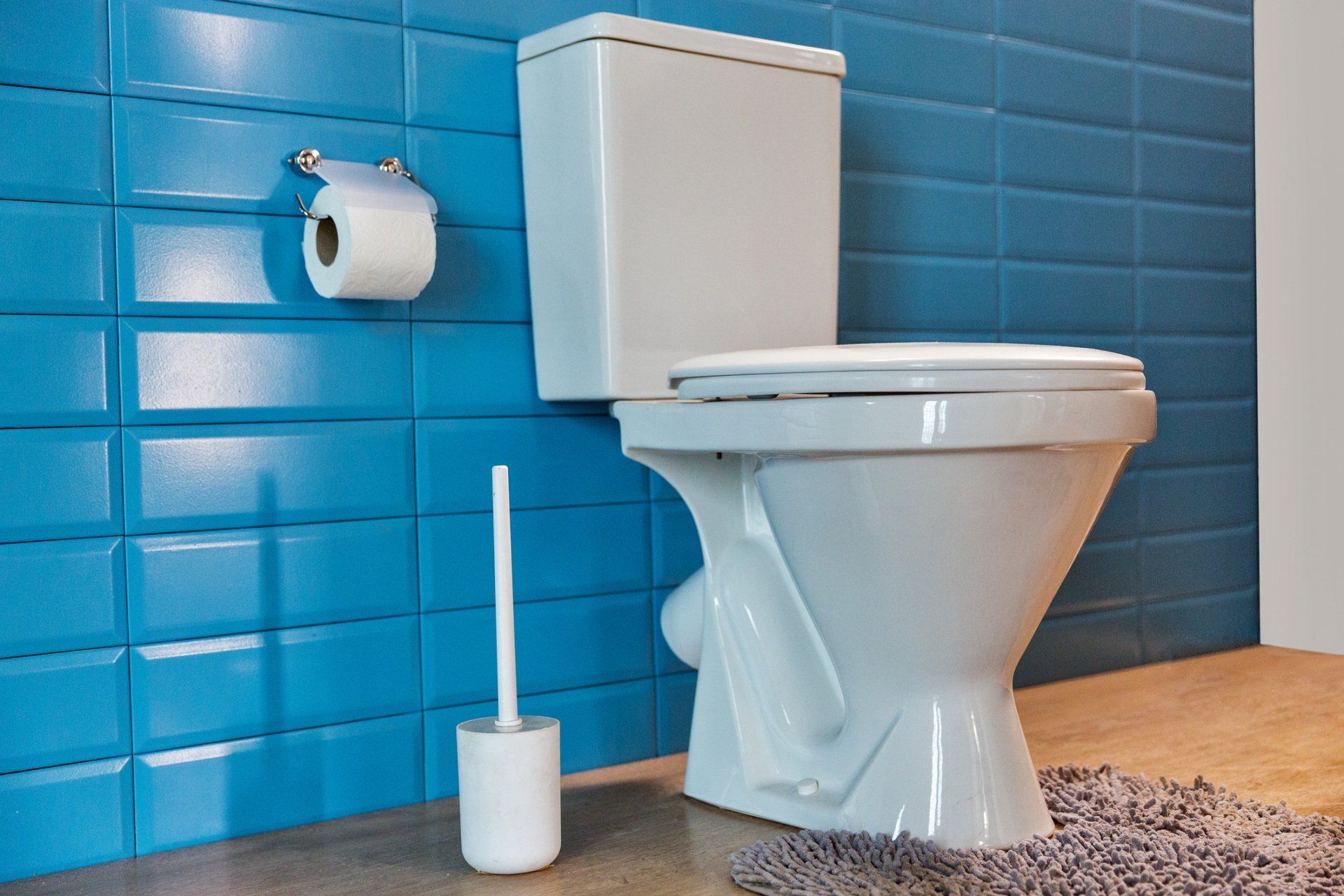
Leaks are among the most common plumbing problems homeowners face. Some leaks are too severe to ignore. Burst pipes or broken fixtures can spew water into your home, causing serious structural damage. Other leaks are just irritating. No one likes to listen to the drip, drip, drip of a leaking faucet.
Some of the most dangerous leaks are the ones that you might not even realize you have. Secret leaks could be located anywhere throughout your plumbing system — even within fixtures that you use several times each day. Your toilet tank might have a subtle leak that is compromising the performance of the toilet and causing your monthly water bill to rise.
Tank leaks usually empty into the toilet bowl, so they can go undetected for years. It's important that you test your toilet for subtle tank leaks to keep your bathroom plumbing working properly in the future.
Faulty Fill Valve
One of the more common culprits behind a subtle leak in your toilet tank is a fill valve that is starting to malfunction. The fill valve is responsible for controlling the water that flows into the tank after each flush.
Fill valves are equipped with a float that triggers the valve to stop accepting water once the float reaches a certain level within the tank. A float that is not adjusted to the correct height could contribute to fill valve problems.
Check to ensure that your float settings lie within the manufacturer's specified fill level for your tank. If adjusting the float doesn't stop your toilet from leaking, you may need to replace the entire fill valve.
You can usually tell if a fill valve is going bad by listening to your toilet. The excess water that is coming into the tank will be flushed out into the bowl to prevent the tank from overflowing. You will be able to hear the movement of this water and it will sound as though your toilet is constantly running.
Many fill valves are constructed of durable plastic materials that might crack over time. Conduct a visual inspection of the fill valve often to determine if it is time to replace the valve to eliminate subtle leaks from your toilet tank.
Damaged Flapper
The tank and bowl of your toilet are connected by a hole that allows for the transfer of water. A rubber stopper, known as the flapper, fits snugly into this hole when the toilet is not in use.
A chain connects the flapper to your toilet handle. Each time the handle is depressed, the chain becomes taut and the flapper is lifted. This allows the tank to empty the water needed to complete a flush into the bowl.
Most flappers are made from rubber that can warp over time. A flapper that no longer fits snugly into the tank drain hole can allow water to leak from the tank into the bowl constantly.
The easiest way to test for a flapper leak is to add a few drops of food coloring into the tank of your toilet and let the toilet sit unused for a few hours. If you spot evidence of color in the bowl upon your return, the flapper is leaking. As soon as you identify the leak, replace the damaged flapper to conserve water within your home.
Your toilet can be a source of wasted water when subtle leaks within the toilet tank go unnoticed. Be proactive in checking for tank leaks by evaluating the condition of your fill valve and flapper regularly.
Contact
Roto-Rooter Plumbers for help identifying additional leaks that might be affecting the plumbing system in your home.

